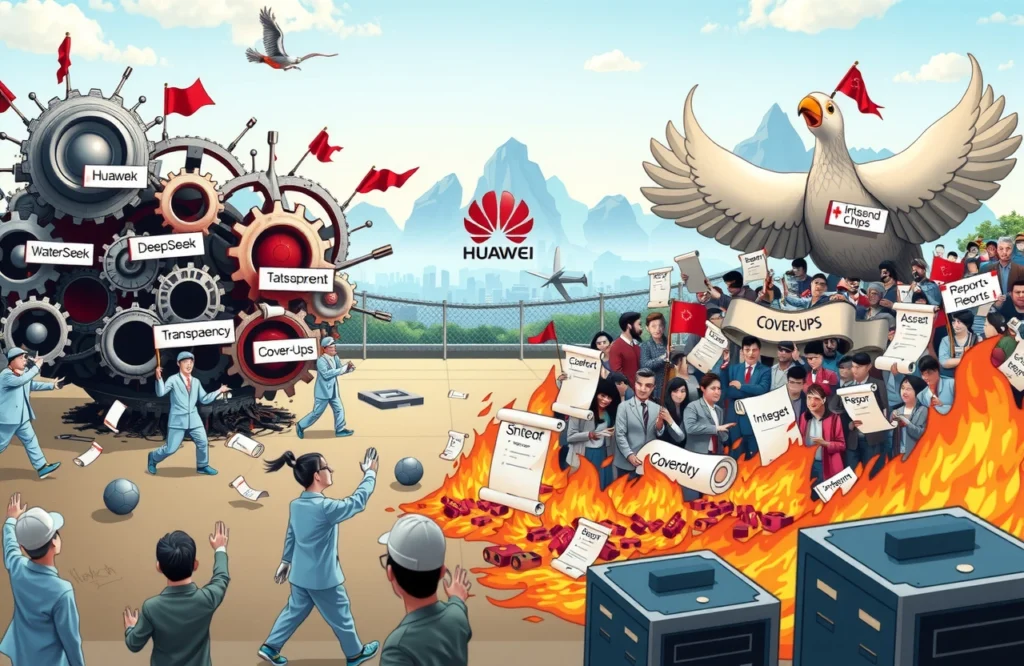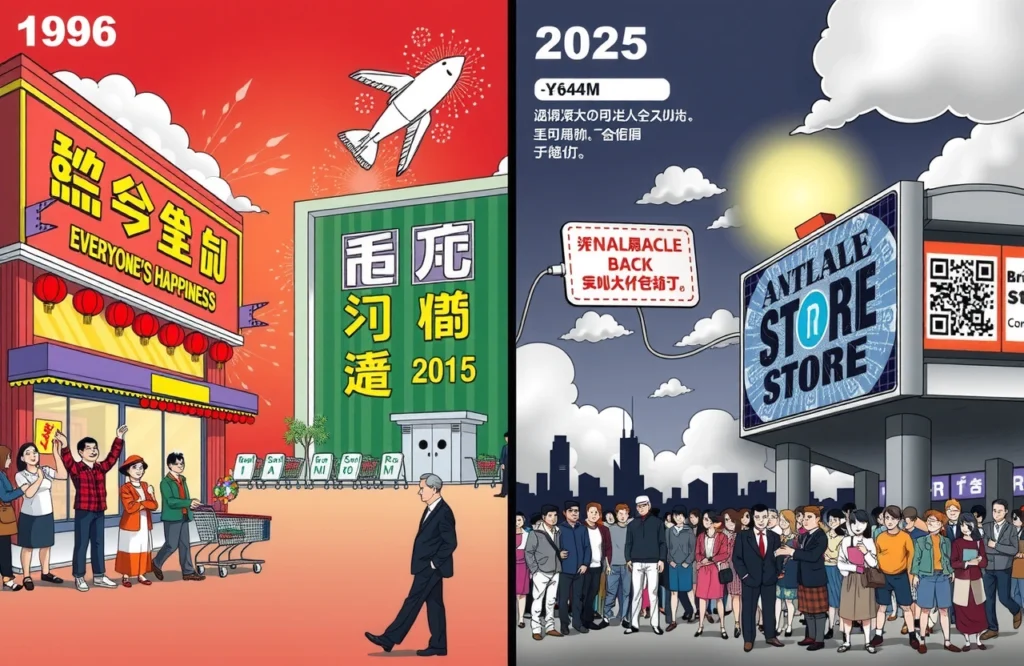The Jobs-Market Symbiosis
As the Dow Jones Industrial Average kisses unprecedented highs, investors’ eyes turn to America’s economic bedrock: the labor market. The monthly non-farm payrolls report has evolved from bureaucratic data point to market-moving spectacle, with each release triggering seismic ripples across trading floors. This complex dance between employment figures and equity valuations raises urgent questions about sustainability.
Can the labor market maintain its vigorous expansion after such remarkable stock market gains? We examine seven critical dimensions influencing this delicate equilibrium.
- Historical correlations between record market peaks and payroll trajectories
- Inflation-wage spiral risks in current economic conditions
- Federal Reserve policy crossroads as rates plateau
- Sector-specific labor dynamics driving market performance
- Forward-looking indicators signaling potential inflection points
Labor Market Mechanics Under Extreme Conditions
The Dual Mandate Balancing Act
Federal Reserve Chair Jerome Powell frequently references maximum employment and price stability as guiding stars. With unemployment hovering near 50-year lows at 3.6%, the Fed’s challenge shifts toward preventing overheating. Monthly payroll additions exceeding 250,000 – well above the 100,000 needed to absorb population growth – create policy complexity.
The Phillips Curve theory, which posits an inverse relationship between unemployment and inflation, faces real-world stress tests. Worker shortages across transportation (especially trucking) and healthcare amplify wage pressures. Fed Governor Christopher Waller recently acknowledged the challenge: ‘We’re navigating unprecedented territory where traditional models provide incomplete guidance.’
Sector Divergences Telling Hidden Stories
Not all hiring contributes equally to market momentum. Tech sector reductions contrast starkly with hospitality’s resurgence:
- Leisure/hospitality added 384,000 positions in Q1 2023 (BLS.gov)
- Information sector shed 76,000 roles during same period
- Healthcare consistently grows at 45k/month (Kaiser Family Foundation)
The psychological impact matters too. Corporate giants like Google CEO Sundar Pichai implementing ‘hybrid work permanence’ reshape workplace expectations industry-wide.
Market Psychology and Economic Reality
The Expectations Vs. Earnings Gap
Current price-to-earnings ratios imply corporate profits expanding at 6-7% annually (per SPGlobal analysis). This optimism hinges on labor costs stabilizing. Yet hourly earnings grew 4.8% year-on-year in December – exceeding inflation but pressuring margins.
The disconnect manifests vividly in recruitment patterns. Amazon’s decision to pause corporate hiring while maintaining warehouse expansion reveals strategic triage. Meta CEO Mark Zuckerberg’s declaration of a ‘wafer-thick hiring freeze’ similarly signals caution.
Investor Sentiment Indicators
Behavioral finance metrics provide crucial context:
- AAII Bull/Bear Ratio currently at 1.6:1 (above 1-year average)
- VIX volatility index anchored below 20 despite inflationary pressures
- Nasdaq composite disproportionately responsive to payroll surprises
The psychological equilibrium remains fragile. A single weak payroll report combined with hawkish Fed minutes could trigger rapid de-risking.
The Global Context For U.S. Labor Dynamics
Geopolitical Supply Chain Effects
Labor imbalances reverberate through interconnected markets. China’s reopening pressured U.S. manufacturers competing for semiconductor technicians. TSMC founder Morris Chang recently noted U.S. facilities face 30% labor cost disadvantages versus Taiwanese operations.
The reshoring movement creates localized demand surges:
- Toyota investing $3.8 billion in NC battery plant (3000+ jobs)
- Intel’s Arizona expansion hiring 3000 technicians
- Texas leading wind energy job creation with 25,000 positions
Currency Crosscurrents
Differential employment recovery shapes forex flows. The dollar strengthens disproportionately when U.S. payrolls outperform European data. This creates reflexive impacts:
→ Robust NFP → USD appreciation → Foreign earnings conversion penalties → Market headwinds → Reduced CAPEX → Eventual hiring slowdown
ECB President Christine Lagarde and PBOC Governor Pan Gongsheng (潘功胜) now explicitly monitor U.S. job metrics due to these spillover effects.
The Forward Outlook: Five Projection Models
Leading economists forecast bifurcated scenarios:
- Goldman Sachs analysts project Q323 payroll moderation to ~175k/month, allowing market consolidation
- JPMorgan economists warn restrictive rates squeeze smaller employers disproportionately
- University of Michigan’s inflation expectations model signals persistent wage pressures
- Bloomberg consensus sees healthcare/solar jobs offsetting tech moderation.
- Labor participation remains wildcard with 0.5ppt influx potential
The Federal Reserve’s quarterly SEP report hints at tolerant unemployment projections near 4.5%, suggesting market volatility may precede substantive deterioration.
Historical Parallels With Modern Nuances
Comparing current metrics to two precedents:
1999 Tech Bubble Peak:
- Payrolls averaged 200k/month despite Nasdaq insanity
- Unemployment bottomed at 4.0%
- Margins remained intact allowing profitability
2007 Housing Frenzy:
- Construction-led employment masked mortgage deterioration
- Financial services positions peaked weeks before Bear Stearns crashed
The crucial difference today? AI productivity tools create labor flexibility unavailable previously.
Strategic Implications For Market Participants
Portfolio Construction Adjustments
Forward-thinking investors interpret labor signals through three lenses:
- Wage-sensitive sectors differ from automation beneficiaries
- Small-cap exposure correlates tightly with hiring intentions
- Bond duration positions benefit from deceleration signals
Job/U-6 unemployment gap predicts wage growth direction:
| Unemployment/Factual Unemployment Gap | Implied Wage Growth Trajectory |
|---|---|
| > 1.5% | Declining pressure (consumer discretionary opportunity) |
| < 0.5% | Accelerating pressure (automation plays favored) |
Corporate Treasury Considerations
CFOs increasingly manage labor expense volatility:
- Deferred compensation structuring to smooth payments
- UPS-Teamsters contract demonstrates multiyear cost certainty value
- Healthcare providers adopting predictive staffing algorithms
Delta Airlines CEO Ed Bastian recently diverted hiring resources to operational automation amidst pilot shortages. This reflects strategic adaptation to structural labor constraints.
The Path Ahead: Vigilance Not Alarm
The employment-market nexus resembles a supertanker – enormous momentum persists regardless of moderate course corrections. Yet each record-setting day elevates sensitivity to negative catalysts.
Three actionable principles emerge:
- Monitor U-6 underemployment rate for hidden pressures
- Apply sector-specific payroll analysis rather than aggregate
- Position strategically for persistent churn not sudden collapse
The strongest investing stance combines appreciation for cyclical gains with contingency planning. Subscribe to our economic dashboard for permanent productivity insights that transcend transient market emotions. Enable push notifications at YuanTrends.io/laboralerts to receive BLS release analysis within minutes alongside actionable interpretations crafted by former Fed economists. Tomorrow’s market drivers reveal themselves today through nuanced employment currents – seize advantage through deliberate analysis.




